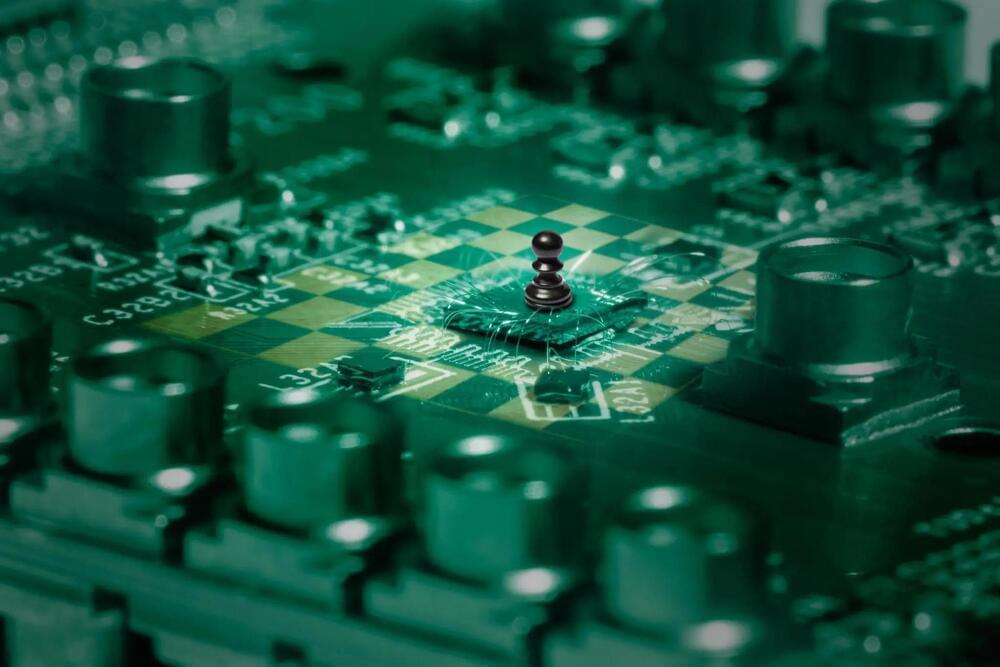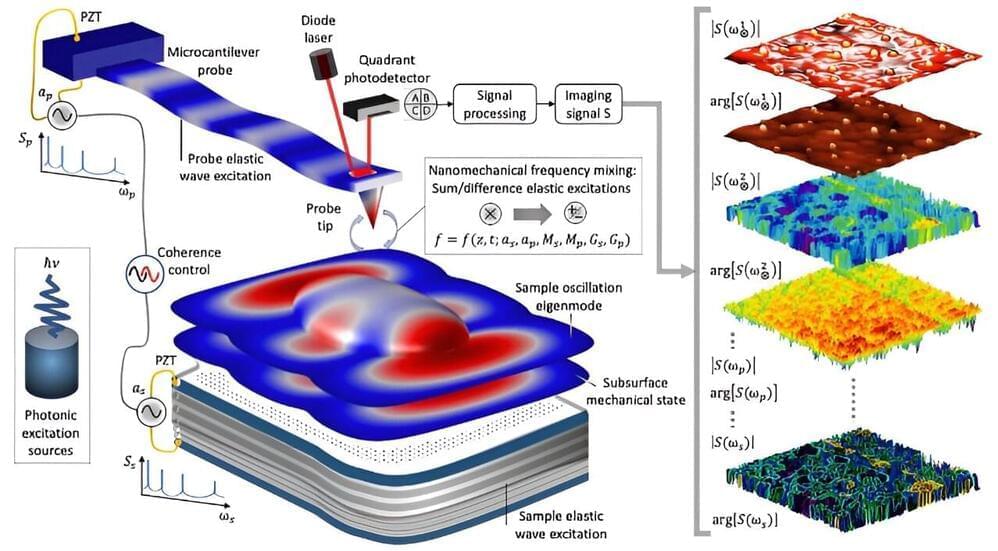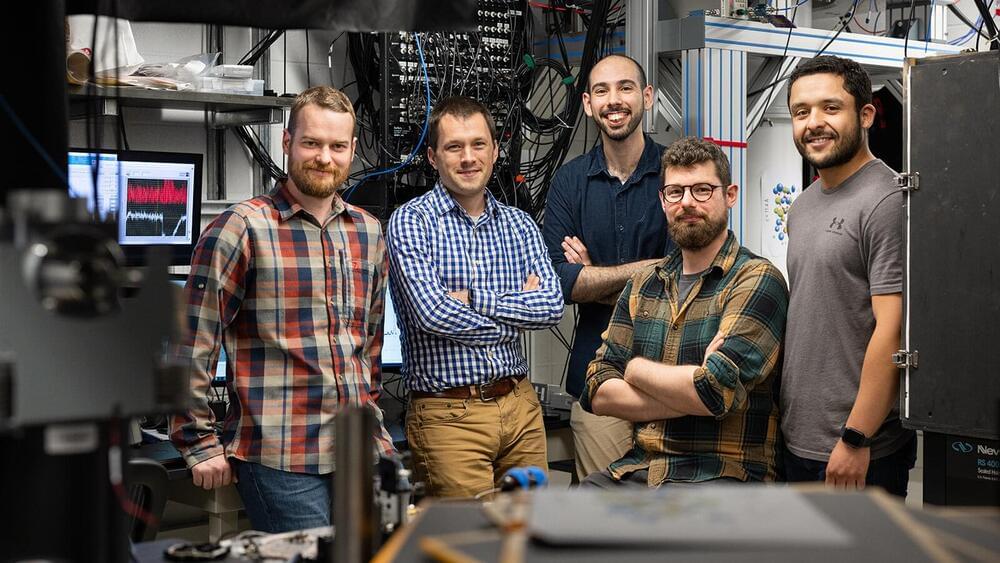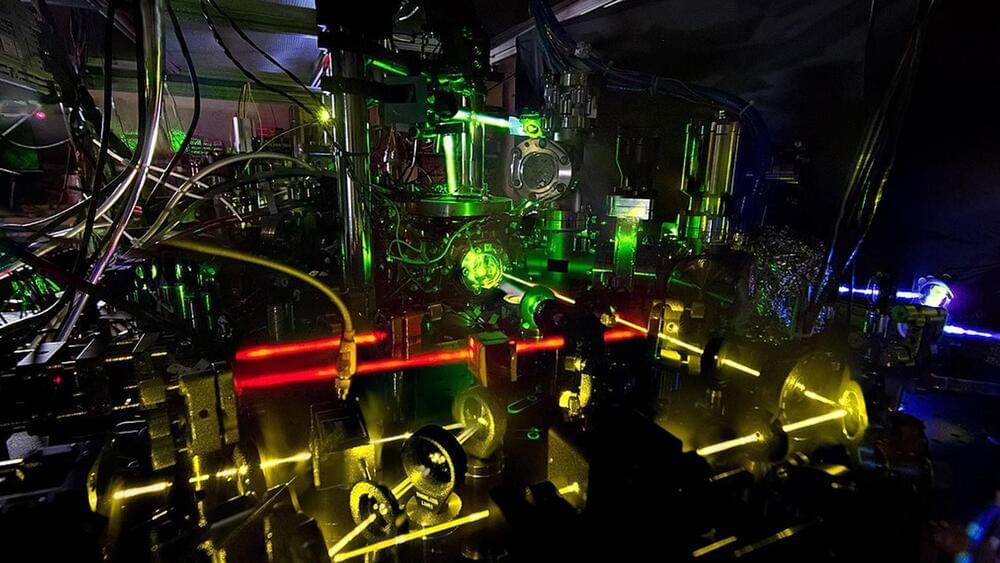Sep 5, 2023
Scientists baffled by discovery of ‘2000-year-old computer’
Posted by Gemechu Taye in categories: computing, space
Scientists have been left baffled by the discovery of the wreck of a 2,000-year-old “computer” that is amazingly complex.
The Antikythera mechanism – an astronomical calendar – has been dubbed “‘the first computer” and has baffled scientists for generations after it was first discovered inside a Greek shipwreck in 1901.
The device is a hand-powered time-keeping instrument that used a wing-up system to track the sun, moon and planets’ celestial time. It also worked as a calendar, tracking the phases of the Moon and the timing of eclipses.
















